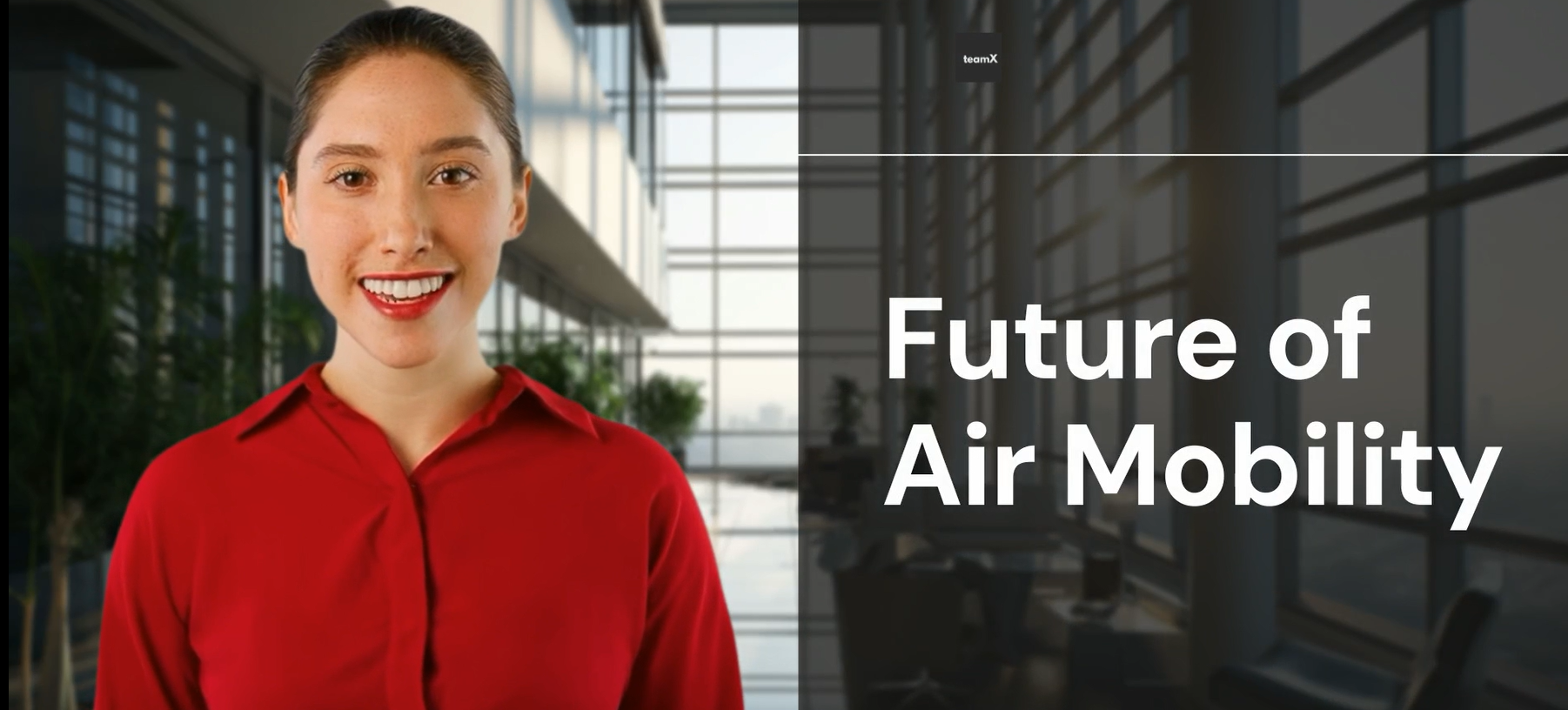AI manages Traffic Light
Idea Description
Most of the Omanis are straggling from congestion. AI can control the timing of the traffic lights to reduce the congestion with the help of CCTV. That can be done by knowing the rush hours and the most critical areas. Not only that, but the data collected can be valuable to the police sector in the future.
Many countries are applying this technology such as UK, USA and Singapore.
Here is the general overview for how the AI works to help us:
1- Data Collection: AI-powered traffic management systems use a variety of sensors and cameras to collect real-time data on traffic flow. These sensors may be embedded in the road, mounted on traffic lights or other infrastructure, or even placed on drones or other mobile platforms.
2- Data Processing: Once the data is collected, it is sent to a central system for processing. The system may use machine learning algorithms to analyze the data and identify patterns in traffic flow.
3- Prediction and Optimization: Based on the data analysis, the system can predict traffic patterns and adjust traffic light timings accordingly. For example, if the system predicts that a particular road will be congested during rush hour, it can adjust the timing of the traffic lights to reduce the amount of time that cars spend waiting at red lights, which can help reduce congestion.
4- Feedback and Iteration: As the system operates, it continues to collect data and refine its algorithms to improve performance. Over time, the system can learn from its past decisions and adjust its behavior to better optimize traffic flow.
Overall, AI-powered traffic management systems aim to use real-time data and predictive analytics to optimize traffic flow and reduce congestion, ultimately making transportation more efficient and reducing the environmental impact of traffic jams.
Challenges The Idea is Addressing
1- Wasted Time and Productivity Loss: Congestion can lead to significant delays for commuters, resulting in wasted time and lost productivity. This can be especially problematic for people who need to arrive at work, school, or other appointments on time. 2- Increased Air Pollution: When cars are stuck in traffic, they often produce more emissions due to stop-and-go driving and idling. This can contribute to air pollution, which can have negative impacts on public health and the environment. 3- Increased Fuel Consumption and Cost: When cars are stuck in traffic, they consume more fuel due to the start-and-stop nature of the driving. This can increase the cost of transportation for individuals and businesses, and also contributes to greenhouse gas emissions. 4- Decreased Quality of Life: Congestion can lead to frustration, stress, and decreased quality of life for commuters. It can also make it more difficult for emergency services to respond quickly in the event of an accident or other emergency situation. Overall, congestion is a significant problem that can have wide-ranging negative impacts on individuals and society.
Benefits of Idea Implementation
1- Improved Travel Time and Commuting Experience: By reducing congestion, commuters and travelers can experience shorter travel times and less stressful commutes, which can lead to increased productivity and improved quality of life. 2- Reduced Air Pollution and Environmental Impact: Congestion contributes to increased air pollution and greenhouse gas emissions, which can have negative impacts on public health and the environment. By reducing congestion, Oman can help improve air quality and reduce its environmental impact. 3- Increased Economic Growth: Congestion can have negative impacts on economic growth, as it can increase transportation costs, reduce productivity, and make it more difficult for goods and services to be transported efficiently. By reducing congestion, Oman can create a more favorable environment for economic growth. 4- Improved Safety: Congestion can also contribute to traffic accidents and other safety hazards, as drivers may become frustrated or distracted while stuck in traffic. By reducing congestion, Oman can help improve road safety and reduce the risk of accidents. Overall, reducing congestion in Oman can have wide-ranging benefits, including improved quality of life, environmental sustainability, economic growth, and public safety.
Keywords / Tags
AI-powered traffic management system
Keywords / Tags
Team Members
















